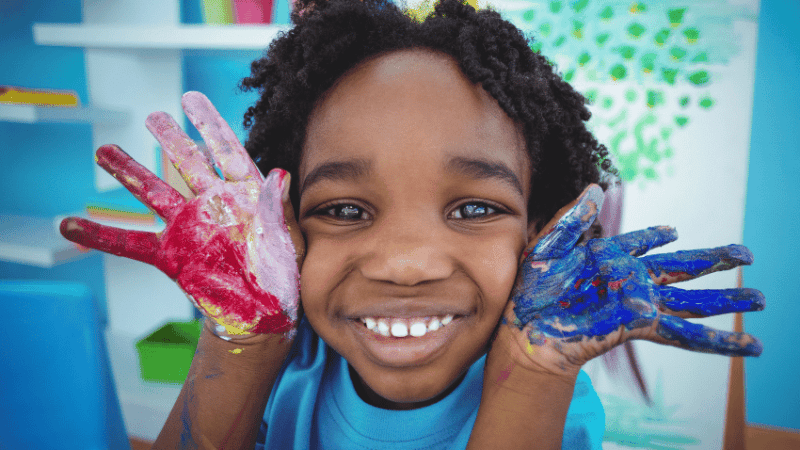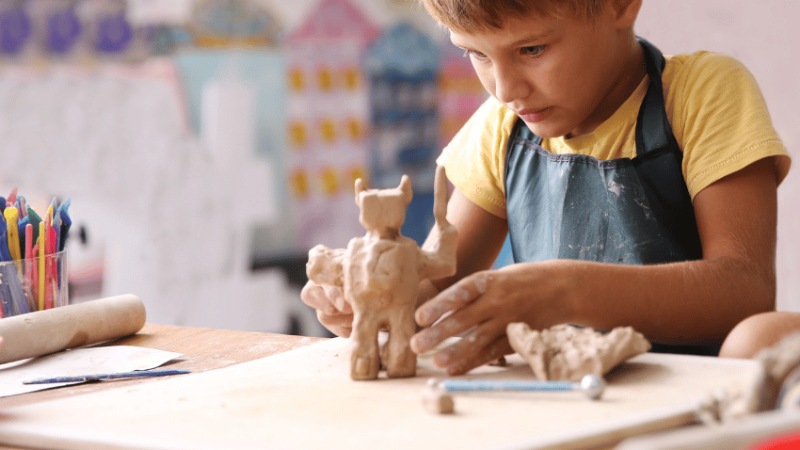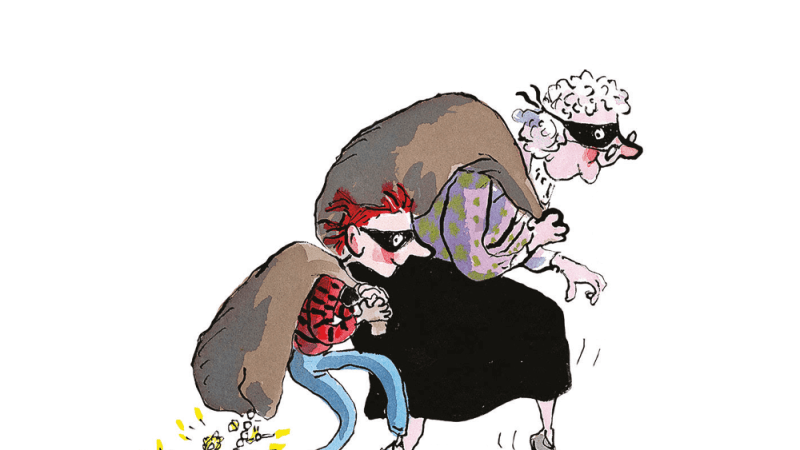3 Ideas to Promote Inquisitive Play and Boost Learning in Early Years
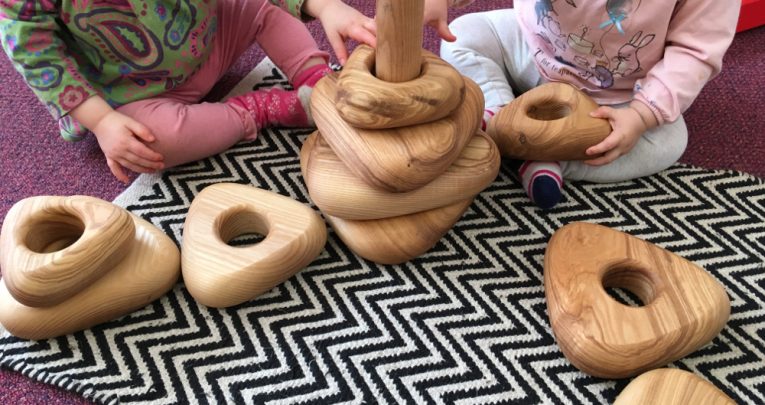
Laura England welcomes an artist, shares affordable ways to support schematic play and talks up tinkering…
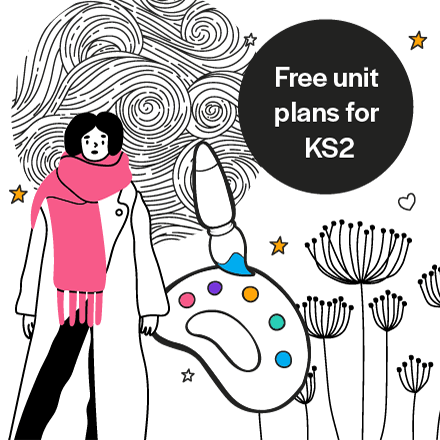
1 | Tinker trays
‘Tinker trays’ are a great way to spark an interest in something new or to extend children’s existing interests, as well as introduce loose parts in small quantities. You can theme your trays around an interest or topic: seasons, colours, textures, etc. You can even ask the children to collect items to add to the tray!
I often provide a tinker tray alongside sand, clay, playdough or paint to allow the children to explore the materials further: how they can create marks with the items, how they can manipulate them and how they can combine them.
You could add a tinker tray alongside a story to promote literacy or alongside numbers to promote maths, but my top tip is to keep them fresh – I update mine on a weekly basis and the children often add to them throughout the week.
2 | A space for schemas

I find that an environment which promotes schema exploration often sees everything else fall into place given children’s instinctive nature to explore and learn.
We recently updated our baby room and I wanted to ensure there were lots of resources that allowed babies to explore common schemas: rotation, trajectory, connection, transporting, enclosing, transforming, enveloping, orientation and positioning.
You don’t have to buy anything elaborate – simple resources such as baskets for transporting, shoeboxes for enclosing, lengths of fabric for enveloping, stackers for connecting and balls for rolling will do.
What’s important is that all practitioners understand schemas and allow young children to explore them. Yes, that child who continually runs up and down the room knocking everyone over is frustrating, but that’s their way of learning, and who are we to get in the way of that!
3 | Artist in residence
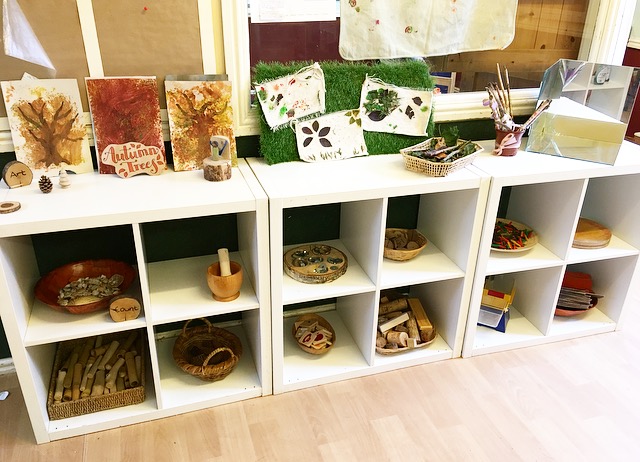
We now have an artist in residence and I couldn’t be more excited! People ask me why it matters to me, and the simple answer is – children learn through creativity.
In my experience, levels of wellbeing, involvement and learning are at their highest when children partake in creative activities, whether it’s creating a piece of art, building a structure or engaging in role play.
Having an artist in residence, for us, is about having a practitioner who can involve children in long-term projects, create scrapbooks to document the journey and value young children’s creativity.
But you don’t have to have an artist in residence to do these things – why not try creating a scrapbook with the children all about nature and the changing seasons? This is a project you can work on throughout the year and share it with parents and carers.
Laura England is preschool leader at Blythe Bridge Day Nursery. Follow her on Twitter at @littlemiss_ey.







